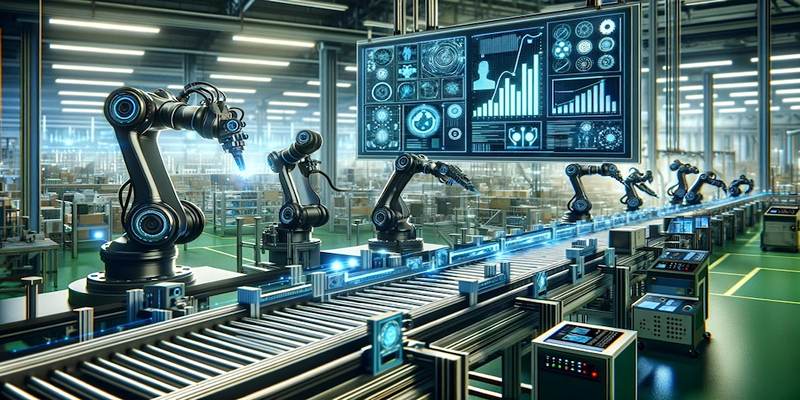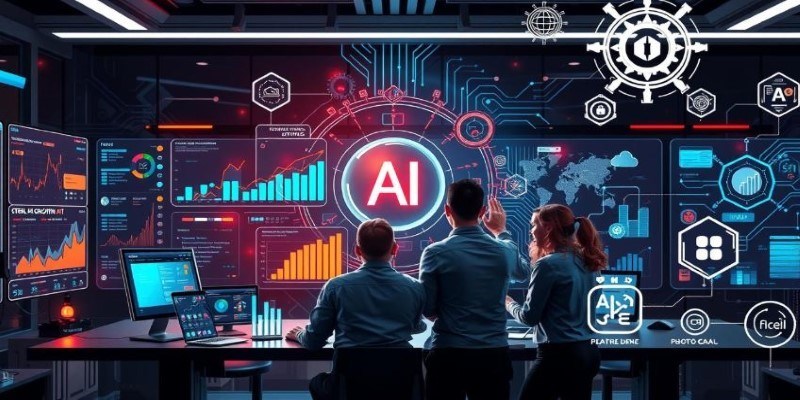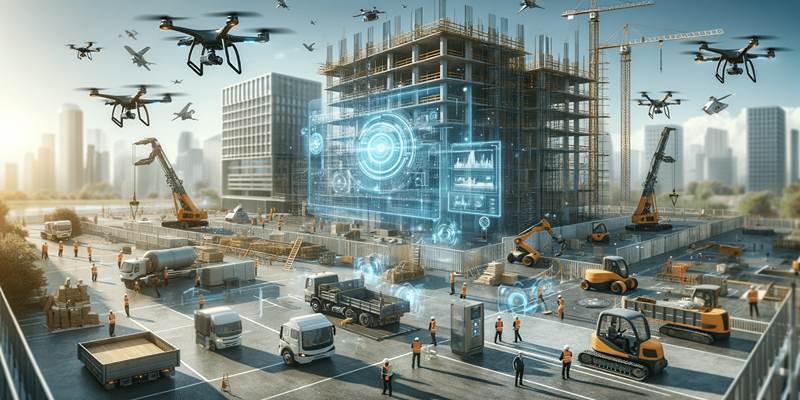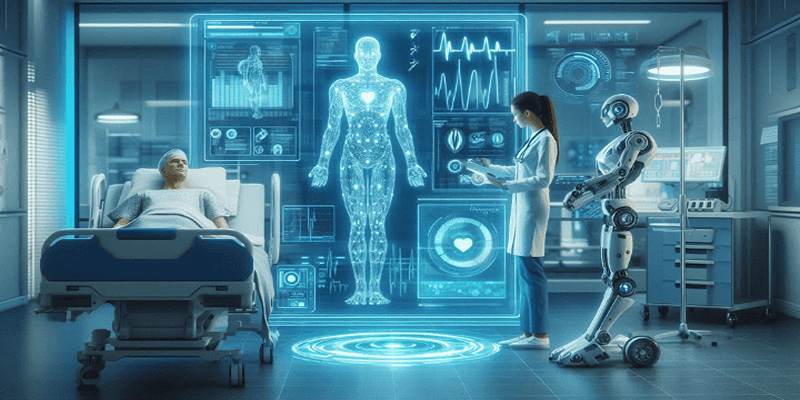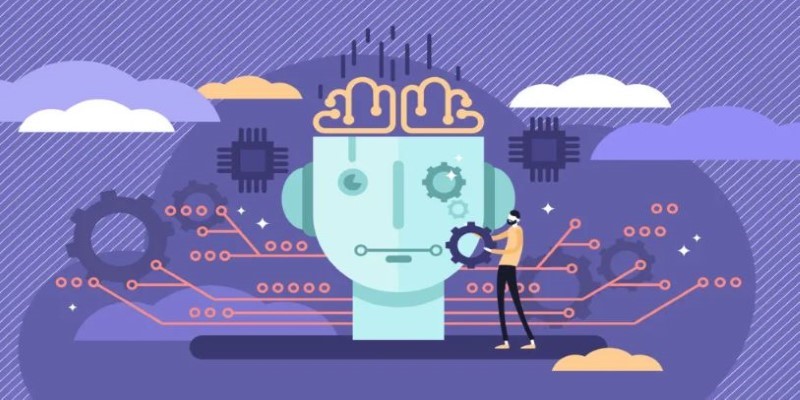Machines don’t learn like humans—at least, not traditionally. While a person can recognize a new object after seeing it once, AI usually needs thousands of examples to do the same. This is where few-shot learning changes the game. Instead of drowning in data, AI models can now make sense of patterns with just a handful of examples.
Picture yourself training an AI to learn a unique illness with few examples or instructing it in a new language with a few words. Few-shot learning gets AI closer to human intuition, making machine learning quicker, wiser, and less data-intensive than ever before.
Understanding Few-Shot Learning
Few-shot learning refers to an AI model’s ability to recognize or classify new examples with minimal prior exposure. Unlike traditional machine learning models that require vast datasets, few-shot learning leverages a small number of training instances—sometimes as few as one or two—to make accurate predictions. This is achieved through sophisticated pattern recognition and knowledge transfer techniques, often rooted in deep learning.
Underlying few-shot learning is the concept of meta-learning, or "learning to learn." Rather than memorizing huge amounts of information, the model learns common features and patterns that can be transferred across tasks. This allows the AI to learn to handle new situations with little retraining. For example, an AI model trained with few-shot learning can identify a never-before-seen type of animal by examining only a few images instead of thousands.
Various techniques are employed for few-shot learning, and Siamese networks are among the most widely used. Siamese networks are neural networks that compute similarities between examples instead of using explicit labels. Another technique is memory-augmented networks, which enable models to recall earlier knowledge and utilize it for new tasks quickly. Transformer-based models like GPT also employ few-shot learning mechanisms by utilizing huge amounts of pre-learned knowledge to generalize in various contexts using very little new data.
Applications and Advantages
Few-shot learning is reshaping AI by enabling smarter, more efficient models that require minimal data to perform complex tasks.
Healthcare and Medical Diagnosis

Few-shot learning is transforming healthcare by enabling AI to diagnose rare diseases with minimal training data. Traditional medical AI models require vast datasets, but few-shot learning can make accurate predictions even when only a handful of cases exist. This improves early detection, enhances accessibility, and reduces the dependency on large annotated medical datasets, making AI-driven healthcare more efficient.
Natural Language Processing
Language models powered by few-shot learning can translate rare dialects and generate human-like text without extensive retraining. This is particularly useful for underrepresented languages, where large datasets are unavailable. AI chatbots and voice assistants benefit from this capability by learning new languages or user preferences with minimal examples.
Image Recognition and Security
In image recognition, few-shot learning allows AI to identify new objects or categories with only a few reference images, significantly reducing the need for extensive labeling. This is especially valuable in security and surveillance, where AI must recognize rare threats or unusual patterns with limited prior data. The ability to adapt quickly makes few-shot learning a game-changer in these fields.
Business and Personalized AI
Few-shot learning enhances personalized AI experiences, such as chatbots and recommendation systems. Unlike traditional models that require vast amounts of user data, few-shot learning allows AI to adapt to individual preferences more efficiently. This reduces privacy concerns, as fewer personal data points are needed for training while still delivering highly customized interactions.
Computational Efficiency and Sustainability
Few-shot learning significantly lowers the computational resources required for AI training. Traditional machine learning models consume massive amounts of processing power and energy, making them expensive and environmentally demanding. By reducing data dependency, few-shot learning makes AI more sustainable and accessible, helping organizations implement machine learning more efficiently while managing costs and energy consumption.
Challenges and Limitations
While few-shot learning presents exciting possibilities, it also comes with significant hurdles that must be addressed for wider adoption and reliability.
Accuracy and Generalization Issues
One of the biggest challenges of few-shot learning is ensuring accuracy with minimal training data. Unlike traditional machine learning, which relies on large datasets to correct inconsistencies, few-shot learning models must generalize effectively from very few examples. If the training data lacks diversity, the model may develop biases or struggle with misclassification, reducing reliability in real-world applications.
Complexity of Implementation
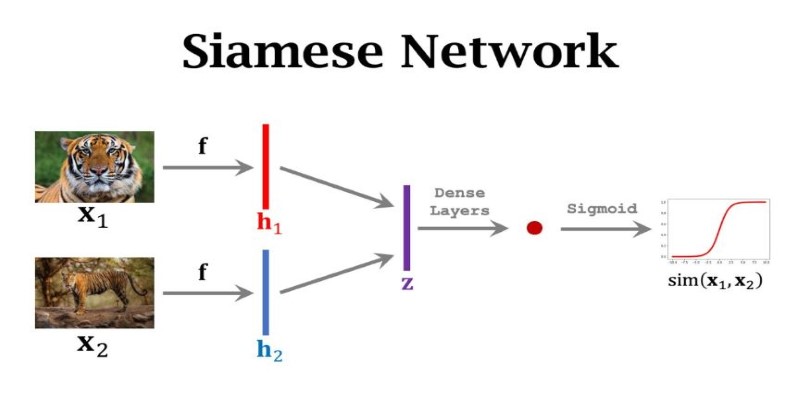
Few-shot learning requires sophisticated architectures like Siamese networks and meta-learning frameworks, making it difficult to implement. These models demand significant expertise and high-quality training data. Errors in the small dataset can heavily influence performance, making it crucial to refine preprocessing and data selection techniques.
Limitations in Real-World Adaptability
While humans can naturally apply knowledge across different situations, AI models trained with few-shot learning still struggle with adaptability. Some perform well in controlled environments but fail when faced with unpredictable variations in real-world scenarios. This limitation makes it difficult to deploy few-shot learning in dynamic settings without additional refinements.
Ongoing Research and Future Improvements
Despite these hurdles, ongoing advancements in deep learning are gradually improving few-shot learning. Techniques such as self-supervised learning, reinforcement learning, and hybrid approaches combining few-shot learning with traditional machine learning are helping to enhance model accuracy and adaptability. As research progresses, these improvements will make few-shot learning more reliable and applicable across diverse industries.
Conclusion
Few-shot learning is pushing AI beyond its traditional limits, making it more efficient and adaptable. Instead of relying on massive datasets, this approach allows models to recognize patterns and make decisions with minimal examples. This not only reduces training costs but also expands AI’s potential in areas where data is scarce, such as medicine, security, and language processing. While challenges like accuracy and generalization remain, ongoing advancements in deep learning are refining its capabilities. As AI evolves, few-shot learning will play a crucial role in creating smarter, more human-like systems that learn quickly, adapt effortlessly, and require less data.
